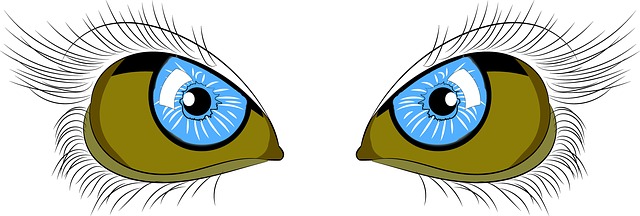
Introduction to Age Related Macular Degeneration

Age-related macular degeneration (AMD) is one of the leading causes of vision loss among older adults. And as a progressive eye condition, it primarily affects the macula, the retina’s central portion responsible for sharp vision. So then, AMD can significantly impact daily activities such as reading, driving, and recognizing faces. This post explores the history of AMD, its risk factors, types, prevalence, and available treatments.
History of AMD Diagnosis

Age Related Macular Degeneration. AMD was first identified as a distinct eye disease in the late 19th and early 20th centuries. But in 1874, ophthalmologist Jonathan Hutchinson described a form of central retinal degeneration in older adults. Consequently, over the following decades, medical advancements allowed for a more precise understanding of the condition. Also, leading to its classification into two major types: dry and wet AMD. However, the widespread use of optical coherence tomography (OCT) and fluorescein angiography in the late 20th century further revolutionized AMD diagnosis and management.
Why Older Adults Are More Prone to AMD

Age Related Macular Degeneration. As a rule, ageing is the most significant risk factor for AMD. Therefore, as individuals age, the macula deteriorates due to oxidative stress, inflammation, and the accumulation of cellular debris known as drusen. Furthermore, additional risk factors include:
- Genetics: Family history plays a crucial role in susceptibility.
- Smoking: Increases oxidative damage to retinal cells.
- Poor Diet: Lack of antioxidants and essential nutrients can accelerate degeneration.
- Hypertension & Cardiovascular Disease: Affect blood flow to the retina.
- Excessive Sun Exposure: UV light may contribute to retinal damage over time.
Types of AMD – Wet vs. Dry
Dry AMD (Non-Neovascular)
Slow progression but can lead to central vision loss over time.
- Accounts for 80-90% of AMD cases.
- Characterized by the gradual breakdown of light-sensitive cells in the macula.
- Presence of drusen (yellow deposits) under the retina.
Wet AMD (Neovascular)
- More severe but less common.
- Abnormal blood vessels grow beneath the retina, leaking fluid and causing rapid vision loss.
- Can lead to scarring and permanent central vision damage.
Prevalence and Annual Diagnosis Rates
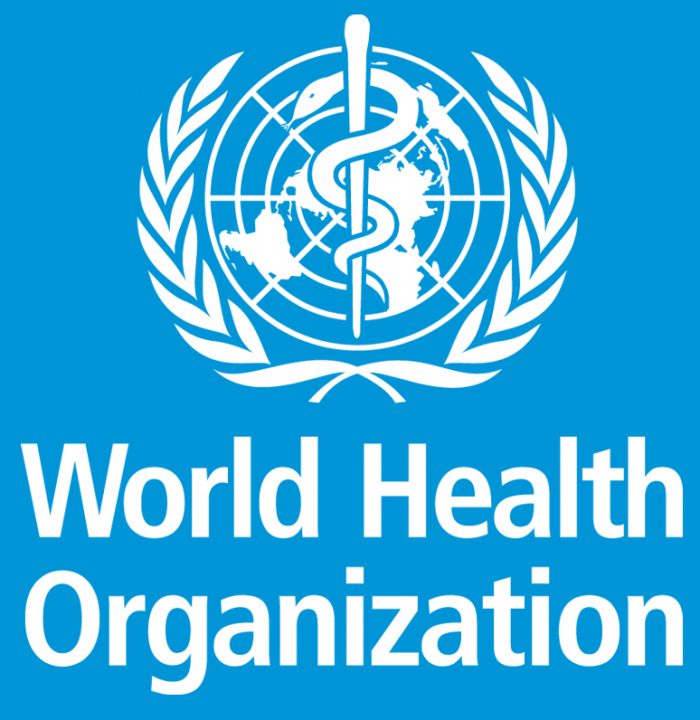
Age Related Macular Degeneration. AMD affects millions worldwide, particularly in ageing populations. According to the World Health Organization (WHO) and the National Eye Institute:
- Approximately 200 million people worldwide have AMD.
- By 2040, this number is expected to increase to 288 million.
- In the United States, around 11 million people are affected.
- Each year, 1.5 million new cases are diagnosed globally.
Treatment Options for AMD
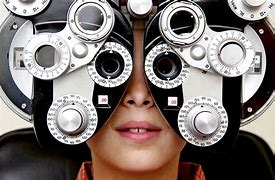
1, Lifestyle Modifications & Preventative Measures
- Regular Eye Exams: Early detection increases treatment effectiveness.
- Healthy Diet: A diet rich in leafy greens, omega-3 fatty acids, and antioxidants (such as lutein and zeaxanthin) supports eye health.
- Smoking Cessation: Reduces the risk of AMD progression.
- UV Protection: Wearing sunglasses that block UV rays helps prevent retinal damage.
2. Nutritional Supplements (AREDS2 Formula)
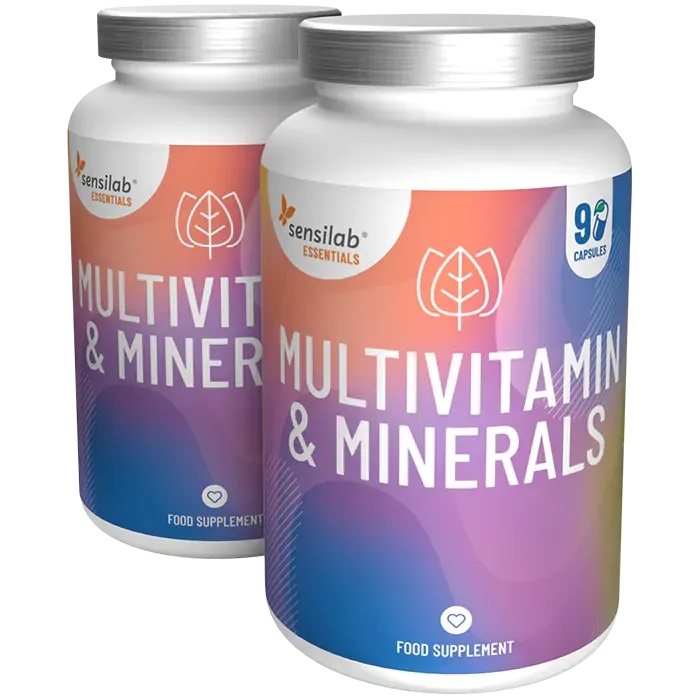
- The Age-Related Eye Disease Study 2 (AREDS2) found that a specific combination of vitamins and minerals can slow AMD progression.
- Formula includes: Vitamin C, Vitamin E, Zinc, Copper, Lutein, and Zeaxanthin
3. Medications for Wet AMD
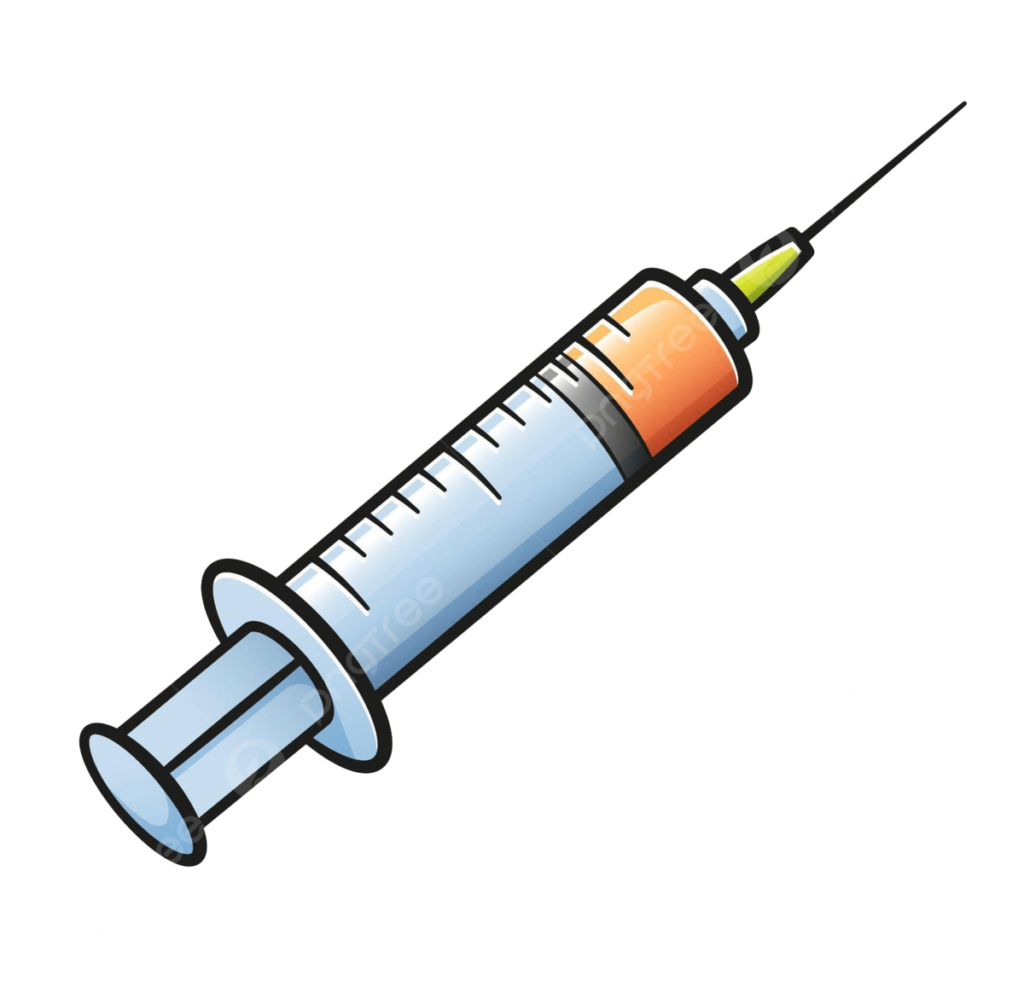
- Anti-VEGF Injections: Drugs such as Ranibizumab (Lucentis), Aflibercept (Eylea), and Bevacizumab (Avastin) help reduce abnormal blood vessel growth and leakage.
- Photodynamic Therapy (PDT): Uses laser treatment combined with a light-sensitive drug to target abnormal blood vessels.
4. Low Vision Aids
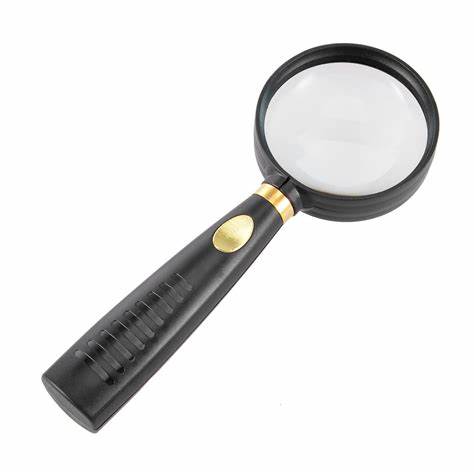
- Magnifiers, special glasses, and adaptive technology help individuals with AMD maintain independence.
- Smart devices with voice command features can enhance daily functioning.
DONATE
Pensioner Fitness Awards
THE BUSINESS CONCEPT, BEST IN BUSINESS AWARDS
- “MOST INSPIRING SENIOR WELLNESS WEBSITE 2023“
THE GLOBAL HEALTH AND PHARMA, FITNESS AND NUTRITION AWARDS
2. “BEST SENIOR FITNESS AND NUTRITION SPECIALIST 2023“
THE MIDDLE EAST AND AFRICA BUSINESS AWARDS
3. “ MOST INCLUSIVE FITNESS PROVIDER 2023″
THE CORPORATE LIVE WIRE GLOBAL AWARDS 2023/2024
4. ” FITNESS ADVISORY PLATFORM OF THE YEAR“ 2023/2024
In Conclusion
Age-related macular degeneration is a significant health concern for aging populations worldwide. While it cannot yet be cured, early detection, lifestyle adjustments, and medical treatments can help slow its progression and preserve vision. Regular eye checkups and awareness of risk factors are crucial for maintaining eye health well into old age.
By understanding AMD and taking proactive steps, older adults can enhance their quality of life and reduce the impact of vision loss. Stay informed, protect your vision, and prioritize eye health for a brighter future.
Important Note *
Remember that everyone is different, it is ultimately YOUR RESPONSIBILITY to find what your body responds to. So please do your due diligence before trying anything new, including getting Medical Advice to ensure your safety and peace of mind.
Connect with me and leave a comment